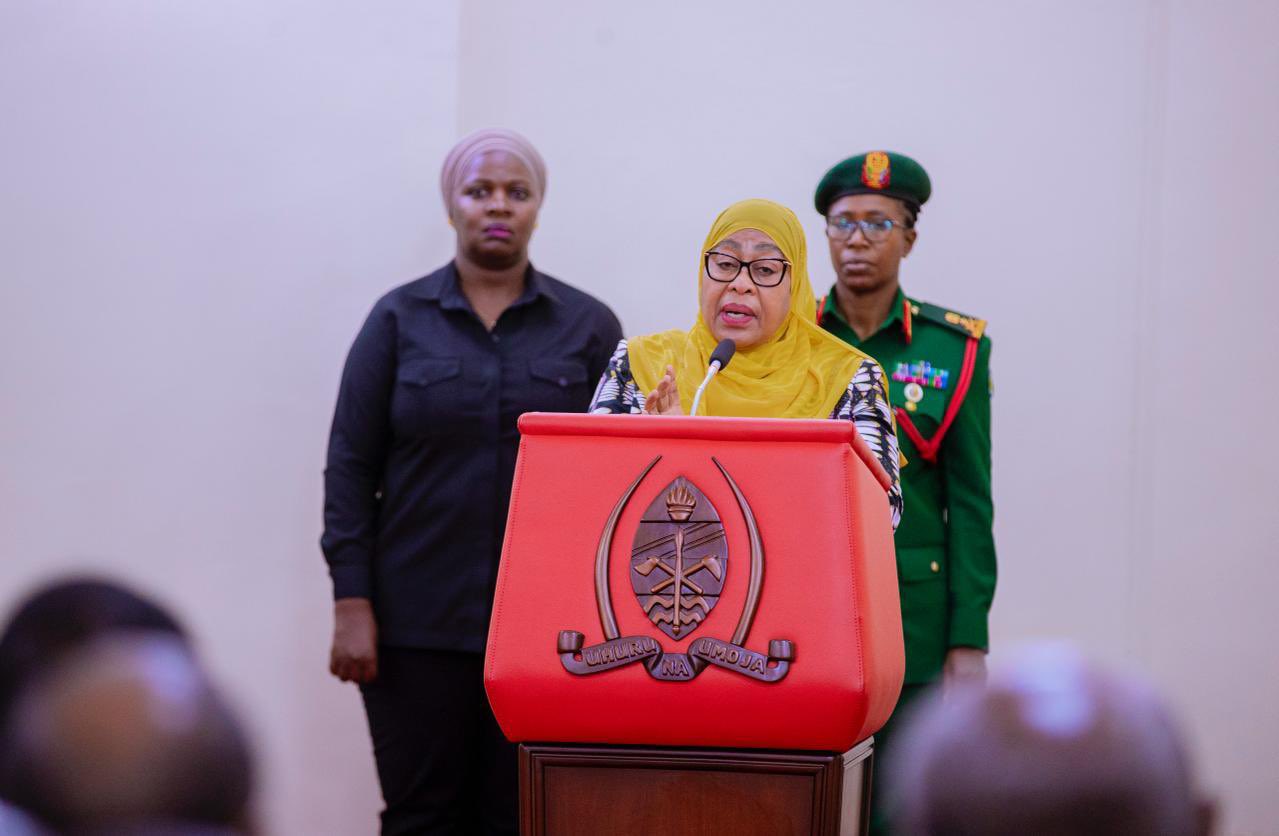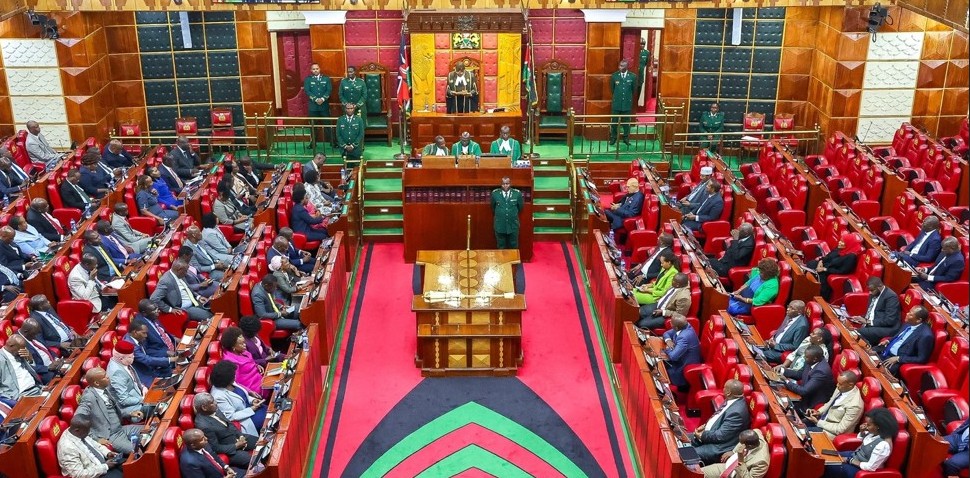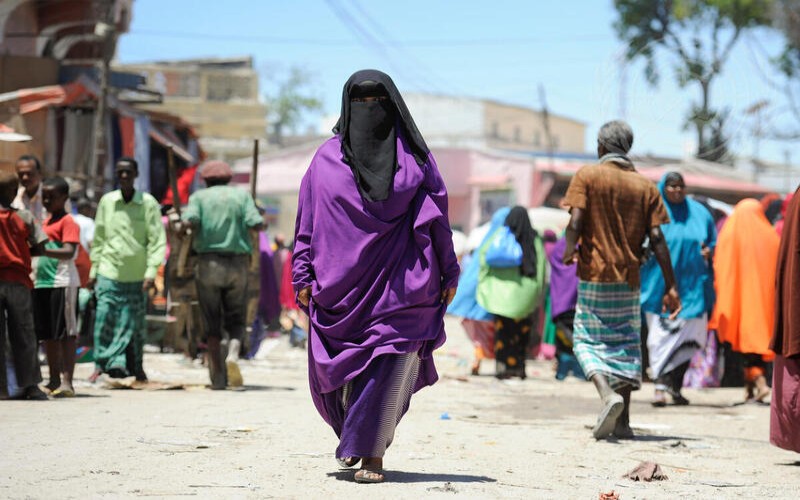Cultural treasure: Uncovering secrets of Lamu's 400-year-old tombs
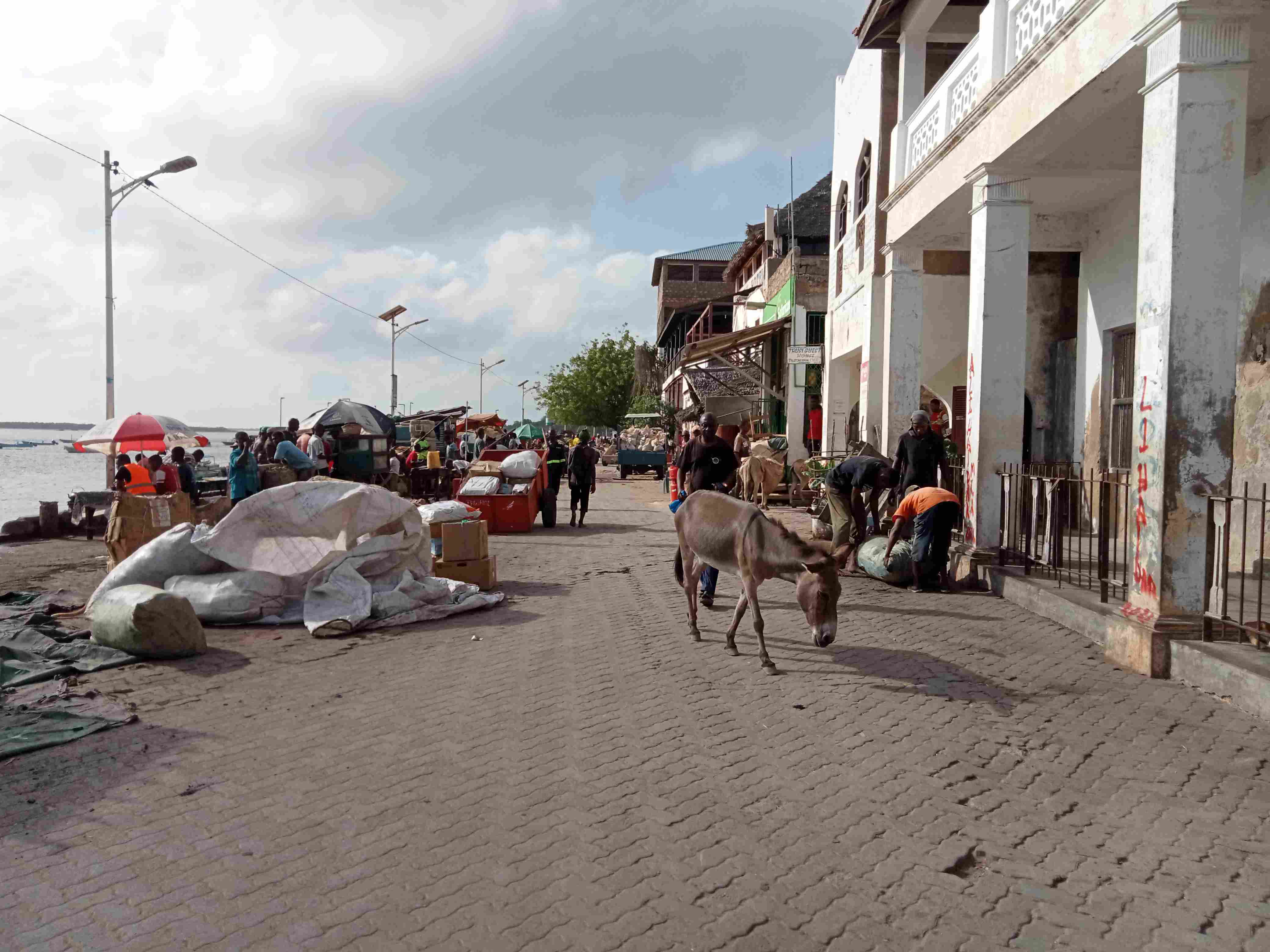
Lamu Old Town is the oldest and best-preserved Swahili settlement in East Africa, retaining its traditional functions dating back over 700 years.
The Lamu Archipelago is known worldwide for having unique historical sites and monuments that made it to be given special attention and even listed by UNESCO as a World Heritage Site.
This is because of the fact that the archipelago houses Lamu Old Town.
More To Read
- UNESCO unveils virtual museum of world's stolen cultural objects
- Egypt’s Mt Sinai luxury tourism project sparks global outcry over heritage and Bedouin displacement
- US announces withdrawal from UNESCO again, citing "misalignment with national interests"
- Kipini residents urge government to preserve historic DC’s office as tourist heritage site
- SokoLamu: County launches first online marketplace to boost local trade
- Lamu intensifies efforts to market region as key tourist destination
Lamu Old Town is the oldest and best-preserved Swahili settlement in East Africa, retaining its traditional functions dating back over 700 years.
Built by coral stone and mangrove timber, the town is characterised by the simplicity of structural forms enriched by such features as inner courtyards, verandas, and elaborately carved wooden doors.
Apart from Lamu Old Town, other contents of the archipelago that made it listed as a UNESCO World Heritage Site included the existence of such old and historical things like the Lamu Fort with over 200 years of existence, Lamu Museums, The Swahili House Museum with over 300 years of existence, the German Post Office and old mosques that date back to over 600 years.
But are you aware that Lamu also has the oldest tombs?
The town has tombs that are as old as 400 years. One of such tombs is the Mwana Hadie Famau.
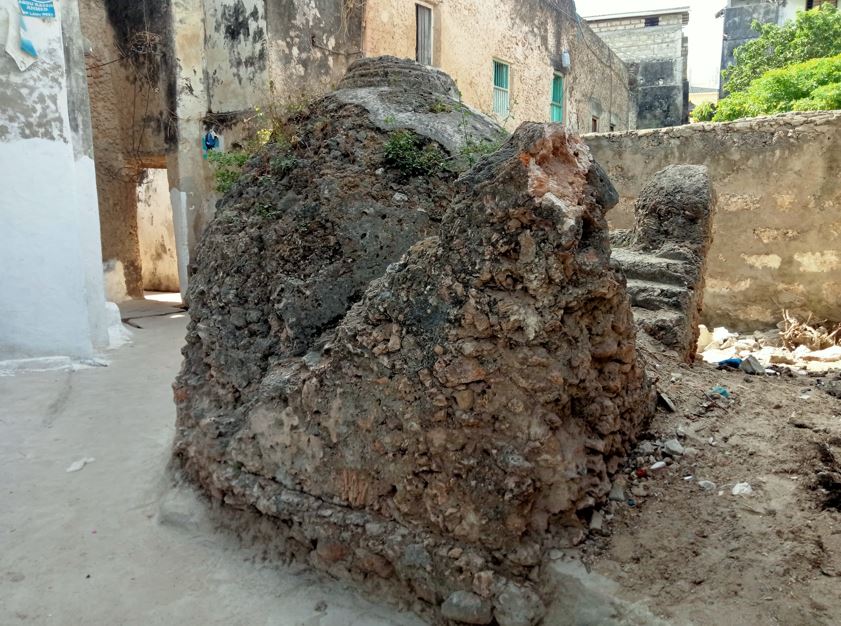 The Mwana Hadie Famau Tomb in Lamu County. (Photo: Farhiya Hussein)
The Mwana Hadie Famau Tomb in Lamu County. (Photo: Farhiya Hussein)
It is considered the oldest tomb in Lamu and Kenya as a whole. The Mwana Hadie Famau tomb is estimated to be between 300 and 400 years old.
It is worth noting that Mwana Hadie Famau is known as the "Saint of Lamu" due to her strong religious beliefs.
At risk of grabbing
During an interview with The Eastleigh Voice, National Museums of Kenya (NMK) Curator in charge of Lamu Museums and World Heritage site Mohammed Ali Mwenje said the Mwana Hadie Famau oldest tomb and other historical graves within Lamu Old Town were in danger of being grabbed by private developers.
“We are blessed with the oldest tombs in Lamu and Kenya. One such tomb is the Mwana Hadie Famau located in the Mkomani area within Lamu Old Town. Unfortunately, there has been a growing number of people targeting and encroaching on these historical tombs and monuments. The Mwana Hadie Famau tomb has at least 400 years of existence and it’s a very significant cultural site in this place,” said Mwenje.
 National Museums of Kenya Curator in charge of Lamu Museums and World Heritage site Mohammed Ali Mwenje. (Photo: Farhiya Hussein)
National Museums of Kenya Curator in charge of Lamu Museums and World Heritage site Mohammed Ali Mwenje. (Photo: Farhiya Hussein)
Another renowned historical tomb in Lamu is that of Mwenye Mui Zahid Mngumi, in Langoni, which is over 200 years old.
There is also the 14th-century Pillar Tomb in Gadeni.
Mwenje stressed that the three tombs are key parts of Lamu’s history due to their centuries-old existence.
He said despite efforts to try to keep encroachers at bay, including fencing off some of the lands where these historical tombs and sites are located, some community members have still squeezed themselves in.
“Another challenge is the behaviour of locals to dispose of their waste at the sites. We need to maintain the cleanliness of these sites and monuments by avoiding turning them into waste disposal points. This is raising the entire cost of preservation,” said Mwenje.
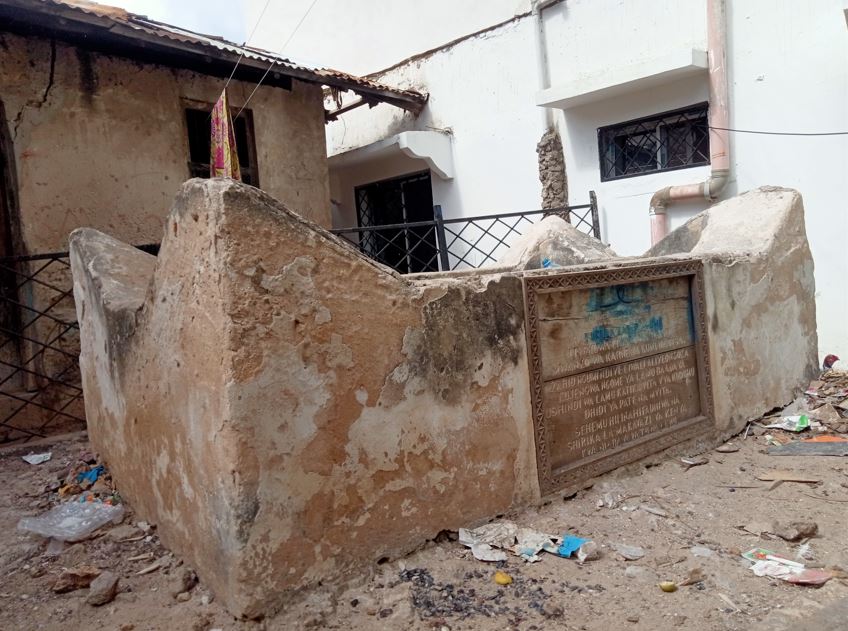 The Mwenye Mui Zahid Mngumi Tomb in Lamu County. (Photo: Farhiya Hussein)
The Mwenye Mui Zahid Mngumi Tomb in Lamu County. (Photo: Farhiya Hussein)
Of the 47 counties in Kenya, Lamu has the highest number of historical monuments and buildings.
Apart from having the oldest tombs, Lamu also boasts itself of housing the oldest mosques.
Among such mosques, some of which date back to 600 years are Pwani Friday Mosque, found in Lamu Old Town and Siyu Mosque in Pate Island which still remain in active use to date.
The Siyu Mosque is the largest, having the capacity to host more than 600 worshipers while Pwani Mosque can hold up to 500 faithful in one prayer session.
Other renowned historical mosques in Lamu are the Jamia or Friday Mosque in Shela, Siyu Friday Mosque, the Takwa Friday Mosque, Shanga, and Mwenye Kombo Friday Mosque in Pate Island, Ishakani, Manda, Ungwana, and Shalafatani Mosque in Faza Island.
These mosques are all overseen by the NMK as part of the county’s sites and monuments.
Top Stories Today
